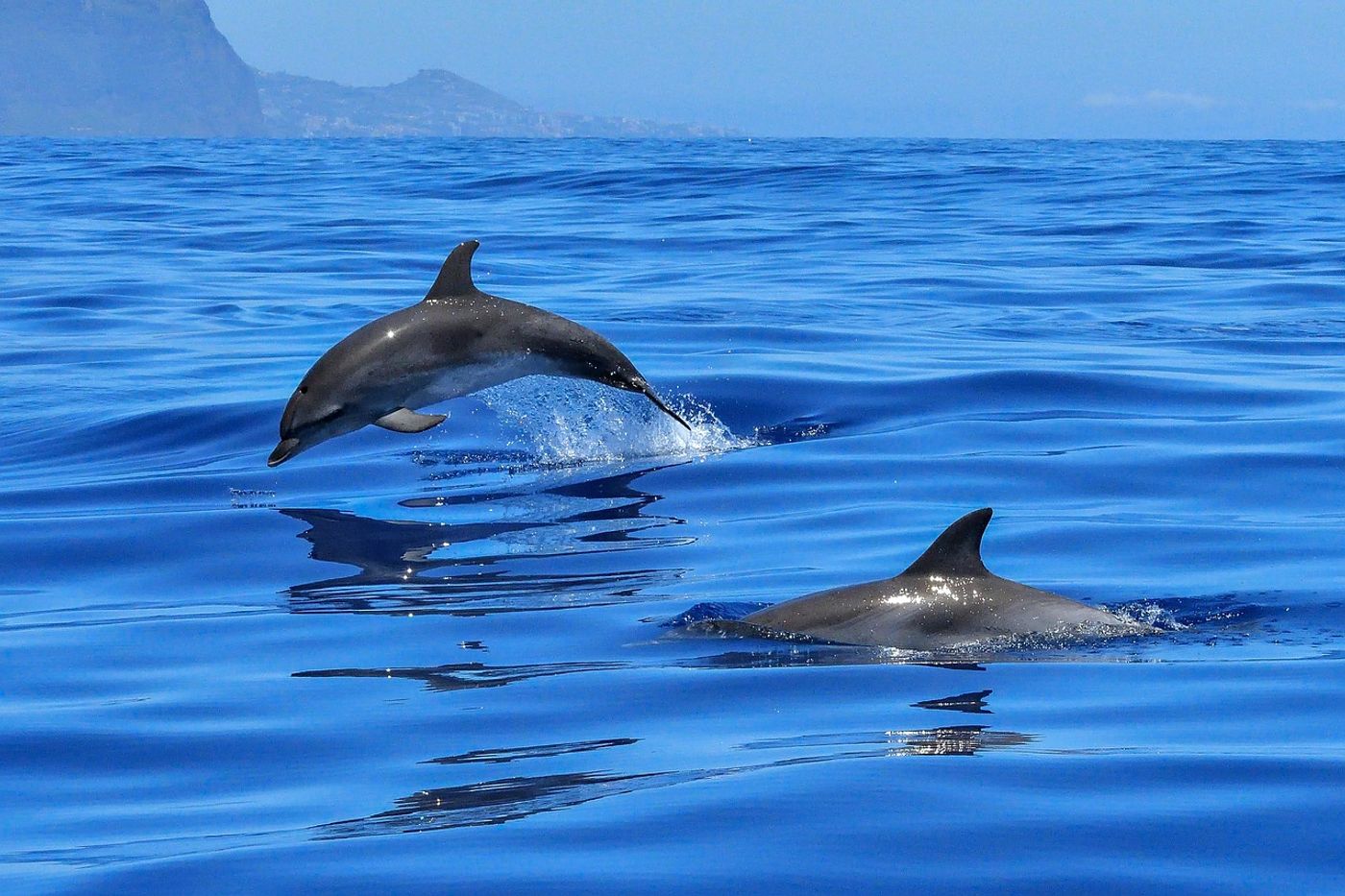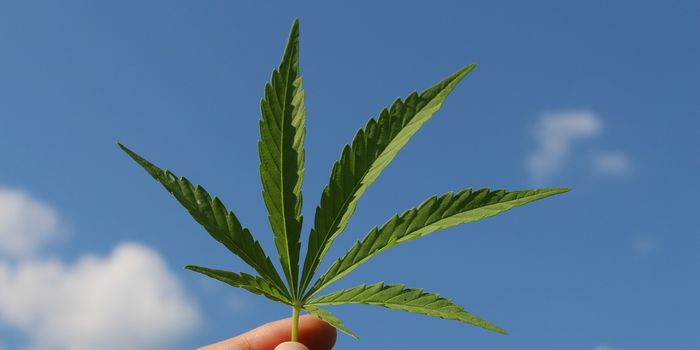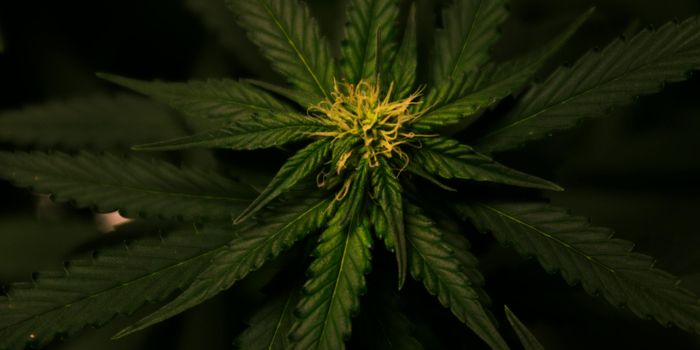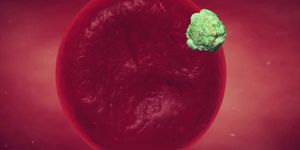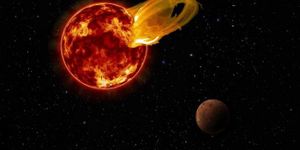Different Marine Animals Navigate the Sea in Similar Ways
When you hear the term ‘marine animals,’ countless examples come to mind, including fish, seabirds, and whales, just to name a few. And while they’re all considered marine animals, each one is very different from the next.
Image Credit: Pixabay
Curious researchers from King Abdullah University of Science and Technology wanted to learn more about how various marine animals move throughout the wild. To do this, they analyzed more than three decades worth of raw tracking data from more than 50 different species.
Their findings, published this week in the journal Proceedings of the National Academy of Sciences (PNAS), underscore a bevy of unexpected similarities in how the various types of marine animals that populate our seas get from one place to another.
As it would seem, vastly-different animals of all shapes and sizes use similar tactics to utilize the environment to its fullest, whether it's for migration, hunting prey, or something else. Coastal-based marine animals, no matter the species, were seen taking more detours in their travels. Conversely, oceanic-based marine animals weren’t distracted by as many diversions.
"It is uncommon for a single study to include so many marine animal tracks from so many different types of animals, allowing us to ask questions that transcend patterns of individual species," said study co-author Prof. Michael Berumen from the King Abdullah University of Science.
Related: Ship noise disturbs the natural porpoise lifestyle
Most would expect to see unique behavioral patterns between two unlike animal species, so the findings are extraordinary to say the least. Furthermore, it raises additional questions about how each species might react to an ever-changing environment in the face of climate change.
"Understanding drivers of animal movement is crucial to assist mitigating adverse impacts of anthropogenic activities on marine megafauna," added study lead author Dr. Ana Sequeira from the UWA Oceans Institute.
Related: How hydrothermal vents help some fish incubate their eggs more quickly
Scientists still have a lot to learn about how animals interact with the living environment, but this study takes us in the right direction. With fresh questions in mind, it shouldn’t be long now before researchers set out to find more answers.
Source: EurekAlert
